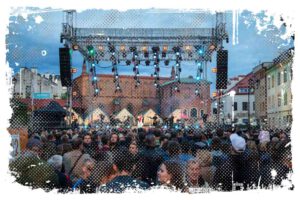Before we get to the Krakow Ghetto Liquidation, I will take you back even further – about 78 years ago. Ghetto was a place of horror and unimaginable hardship that lasted for two years, from March 1941 to March 1943.

The man who played a key role in its operation was Amon Göth, the chief of the infamous KL Plaszow concentration camp. Göth orchestrated one of the most brutal liquidation operations in history, forever marking the annals of humanity with its cruelty.
- You should also read: Krakow Ghetto – A Journey Through the Shadows of World War II
Now, let’s rewind a little. Krakow fell under the German army’s control on September 6, 1939. From that moment on, the Jewish residents of Krakow found themselves subjected to a series of oppressive and discriminatory rules. Now, if you ever find yourself in such a situation, you’d realize that these laws weren’t designed to protect, but rather to suppress and control. Here’s what the Jewish people had to live with:

- They were banned from eating in Aryan restaurants in the city center of Krakow.
- Every Jewish person had to inform about their Jewish identity when interacting with Aryans.
- Jews were strictly forbidden from engaging in political discussions.
- The authorities even 'recommended’ they shave off their beards and side curls.
In that same month, the Jewish Council was established, led by a man named Marek Bieberstein. Jews were forced to display the Star of David on their arms from November onwards.
↳ Make sure to read my guide to the most amazing places to stay in Kraków:
How to Find Best Place to Stay in Krakow Old Town – Your Guide
The Establishment of the Ghetto and Its Liquidation

In 1939, approximately 80,000 Jews lived in Krakow, either as long-term residents or refugees. However, in 1940, a man named Hans Frank ordered mass deportations from the city to the Lublin district. This action drastically reduced the Jewish population in the city.
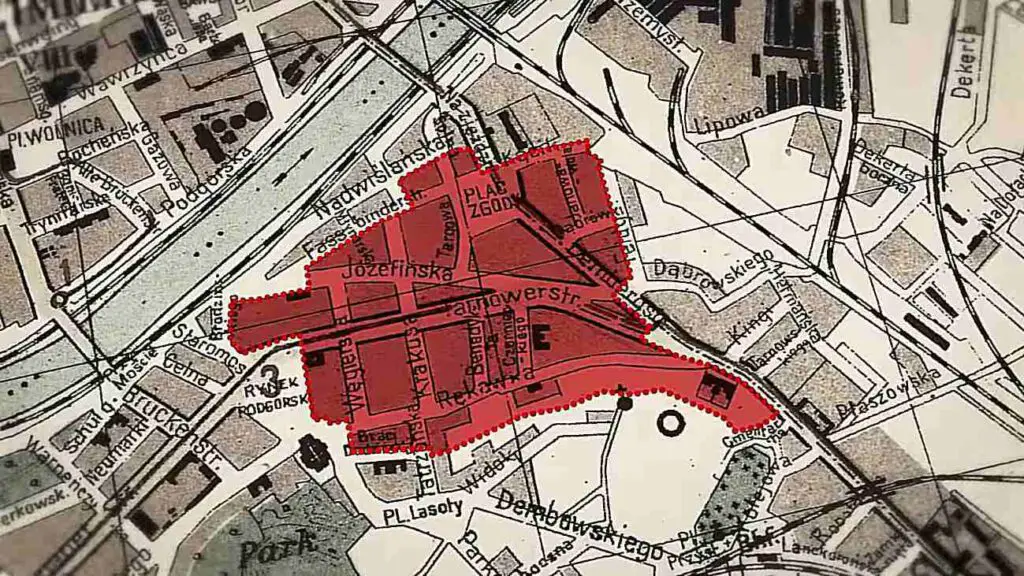
Fast forward to March 3, 1941, and we find Otto Wächter, the governor of the Kraków district, ordering the creation of a „closed district” in Podgórze. This meant that Jews were given just three weeks to move to this area. I am convinced, being there, you needed to know the gravity of the situation.
By March 21, the ghetto was sealed off, cramming at least 15,000 people into buildings that barely had over 3,000 rooms within a 20 hectares area.
A Dark Day – The Final Hours of the Krakow Ghetto
In the heart of March 1941, the creation of the Krakow Ghetto marked a significant event, having endured for exactly two years. It’s important to note that by the time spring 1942 arrived, the ruthless Germans had already initiated the transportation of its residents to the death camps. Yet, it was on March 13, 1943, that the ultimate demolition of the ghetto commenced, under the watchful eyes of the cold-blooded criminal SS-Hauptsturmführer Amon Göth.
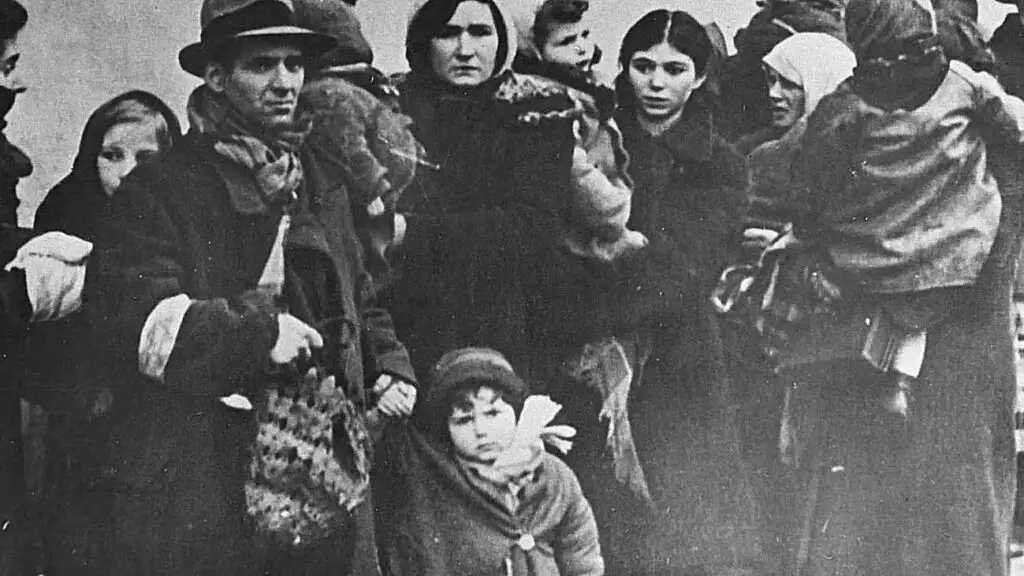
Imagine this, if you can. At the break of dawn on March 13, 1943 – a Sabbath day by sheer coincidence – Göth made his appearance at Plac Zgody, the central square of the Kraków ghetto. Let me say, it is here where he verified that those involved in the operation were present and prepared to carry out their grim tasks.
Göth’s Chilling Address to his Men
Though the operation was technically led by SS-Sturmbannführer Willi Hasse, Göth, who had a track record of decimating other ghettos, was entrusted with laying out the strategy. I believe it’s critical to mention that he had a formidable team of Ukrainian SS soldiers at his beck and call, who were notoriously responsible for the most horrific acts during this operation.

The plan of action was to evacuate the ghetto inhabitants, beginning with Sector A, where some resistance was anticipated. I can tell you, this was not only due to the high population density but also because this sector housed the healthy and able Jews.
Sector B, on the other hand, was home to the elderly and the sick, and it was slated for annihilation on the following night. It’s worth mentioning that their anticipatd fate was either immediate execution or a one-way ticket to the extermination camps.
Göth’s Twisted Vision of a Judenfrei Krakow
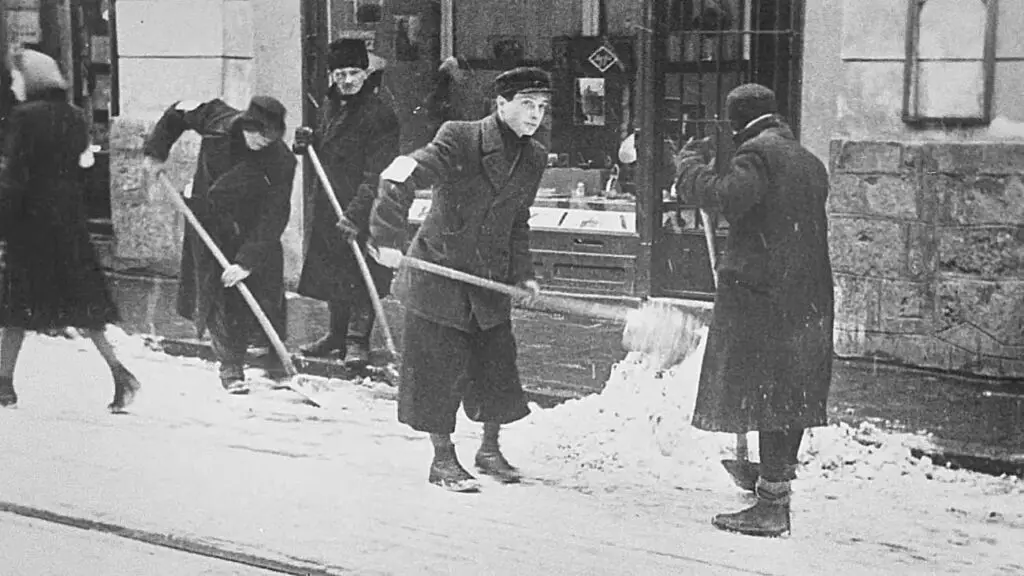
Göth desired to infuse this horrendous operation with an epic narrative. He addressed his men with a speech, conveying that Jews had resided in Krakow for over seven centuries, but in a few hours, their existence would be history. He dreamed of a Judenfrei Krakow – a city purged of its Jewish community.
Göth aspired to be the protagonist of this disgraceful chapter, which he attempted to frame as a heroic act. I am convinced that his despicable fervor infected his men, and even the subordinate officers relished the thought that they would have the „honor” of playing a part in eradicating the last Jewish trace in Krakow.
The Beginning of the Ghetto Liquidation

For Göth and his crew, this operation was more than just a mission. It was an invaluable opportunity to claim a guaranteed victory without any fear of defeat. I can tell you, they could already taste the honor and glory they expected to be showered upon them, without even a single bullet being risked.
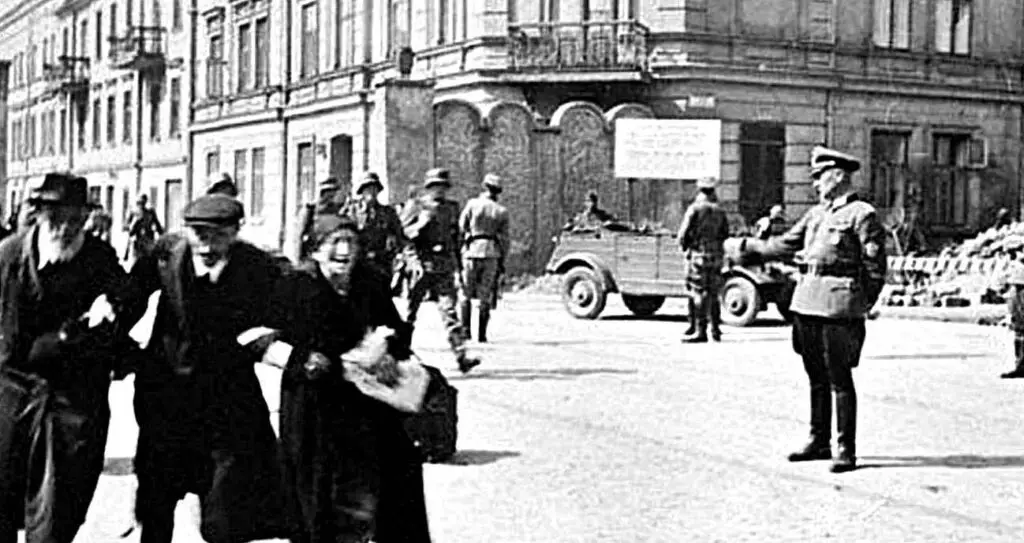
It’s the Nazi propaganda machine, which painted Jews as a fearsome enemy due to their socio-economic and political standing, that convinced many Germans about the „rightness” of this operation. In the twisted Nazi perspective, this was a fair fight, despite their opponents being unarmed.
As dawn broke on this ill-fated day, with streets still quiet and sidewalks covered with snow mounds, Sturmbannführer Hasse commanded the assault. Breaking the morning’s peace, an order echoed through the ghetto’s loudspeakers:
Raus! Raus! (Out! Out!). The sudden cacophony of marching boots and machine gun rattling shocked the ghetto’s inhabitants.
The German columns began their march, intruding every building, ruthlesly barging into apartments. The Jews had to instantly vacate their homes, carrying whatever they could gather in a few frantic minutes. Worried and fearful, they quickly exited their homes, clutching unsealed suitcases, and crowded in the streets, awaiting their uncertain fate.
Cold-blooded Slaughter
The hospital near Plac Zgody bore witness to extremely heart-wrenching scenes. An SS unit stormed into the building, initiating its immediate evacuation. Most patients were taken to the street by the hospital staff, but when a doctor raised concerns about infectious patients, like a group of children with scarlet fever, the situation escalated quickly.
The unit’s officer didn’t bat an eye before shooting the doctor dead. Following his orders, soldiers mercilessly executed the patients in their beds. After the grim massacre, they forced a group of Jews to dispose of the bodies and clean the blood-drenched rooms.
- You should also read the article about Ghetto Walls: Walking the Krakow Ghetto Walls – The Footsteps of History
The Wake-Up Call – Hospital Evacuation

News of the gruesome slaughter spread rapidly, reaching a convalescent hospital a kilometer away. Its three floors were packed with patients. When the medical staff heard about the horrifying incidents, they hurried to evacuate the building before the Germans could arrive.
The evacuation of the convalescent hospital wasn’t without its own share of grief. I think it’s important to note that only four bedridden patients were left in the building, destined to endure the same tragic fate as their counterparts in the previous hospital.
As the building emptied, the hospital’s head directed the nurses to leave as well, choosing to stay behind with only one—the oldest among them. Hearing the ominous sound of incoming trucks halting at the hospital gate, they made a painful decision. To save the four patients from the merciless SS men, they administered forty drops of cyanide, dissolved in warm water, to each.
The Grim Aftermath – Ghetto Liquidation’s Brutal Toll

Throughout the day, Jews were rounded up at Plac Zgody. Those deemed fit for labor, approximately six thousand individuals, were marched to the Płaszów camp, where they were left to Göth’s merciless whims. The following day, Sector B of the ghetto, home to the elderly and the infirm, was vacated. About two thousand residents were ruthlessly murdered on the spot, and a similar number, including women and children, were herded like cattle into train cars bound for Auschwitz.
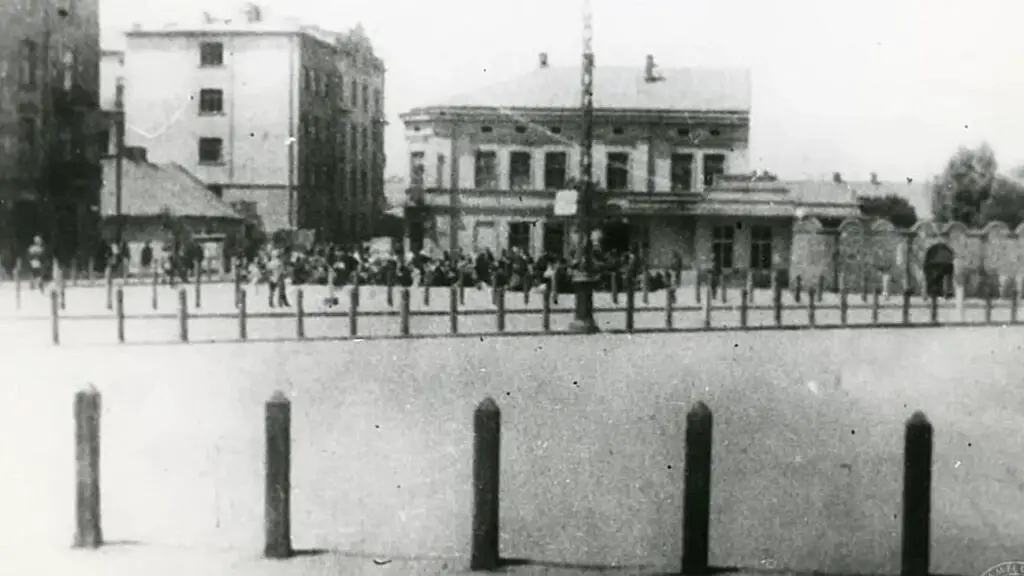
On the afternoon of March 14, 1943, Göth reveled in his hollow victory. Krakow was purged of its Jewish inhabitants. The once vibrant ghetto was now a ghost town, surrounded by walls and closed off. However, it was suspected that a few Jews had managed to hide in attics or cellars. For several months, the Ukrainian SS meticulously searched every building, hunting for those in hiding. Let me say, they found most of them, and without a hint of mercy, ended their lives.
References:
- https://pl.wikipedia.org/wiki/Getto_krakowskie
- https://www.jhi.pl/artykuly/13-marca-rocznica-likwidacji-getta-w-krakowie,579


